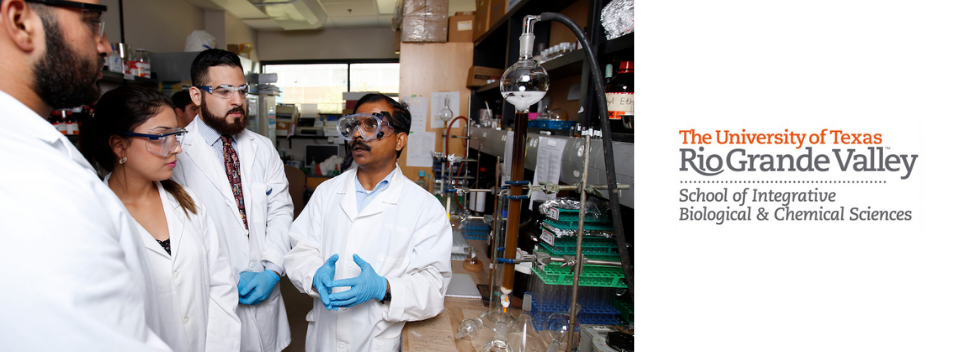
School of Integrative Biological & Chemical Sciences Faculty Publications and Presentations
Document Type
Article
Publication Date
12-29-2023
Abstract
Predator-prey relationships are a driving force when examining community ecology. One question in predator-prey interactions is how a predator may respond to novel prey phenotypes, a form of frequency dependent prey selection. A predator may selectively target or avoid the novel prey, a behavior referred to as anti-apostatic or apostatic selection respectively. We examined apostatic prey selection by observing feeding behavior in two species of assassin bugs (Hemiptera: Reduviidae), the white-spotted assassin bug (Platymeris biguttatus) and the red-spotted assassin bug (Platymeris rhadamanthus) which were fed unmodified and modified (novel) phenotypes of Turkistan cockroaches, Blatta lateralis (Blattodea: Blattidae). The two species of assassin bugs represent either generalist (P. biguttatus) or specific feeders (P. rhadamanthus). We hypothesized that the generalist feeder would engage in anti-apostatic feeding while the specific feeder would engage in apostatic feeding. Our results indicated that there was no difference in feeding behavior between the two species, however an overall trend of apostatic feeding was observed in response to two of the four novel prey phenotypes. Factors beyond prey phenotype may also be influencing feeding choice in these insects. While the two predator species did not exhibit different feeding behaviors, the observation of apostatic feeding in this genus suggest an overall trend of utilizing specific prey images in feeding.
Recommended Citation
Potocnjak, Julia H., and Christopher J. Vitek. "ANTI-APOSTATIC FEEDING BEHAVIOR IN TWO SPECIES OF ASSASSIN BUG, THE WHITE-SPOTTED ASSASSIN BUG PLATYMERIS BIGUTTATUS AND RED-SPOTTED ASSASSIN BUG PLATYMERIS RHADAMANTHUS (HEMIPTERA: REDUVIIDAE)." The Texas Journal of Science 75, no. 1 (2023). https://doi.org/10.32011/txjsci_75_1_Article6
Publication Title
The Texas Journal of Science
DOI
10.32011/txjsci_75_1_Article6


Comments
Original published version available at https://doi.org/10.32011/txjsci_75_1_Article6